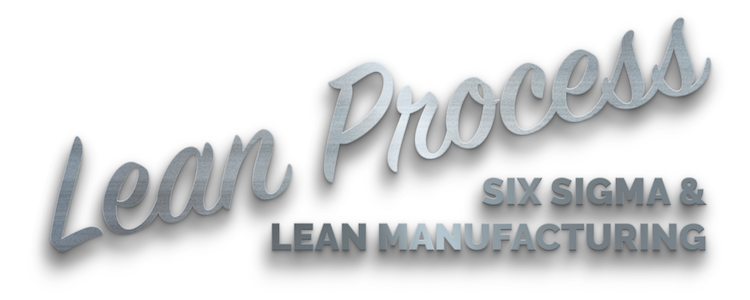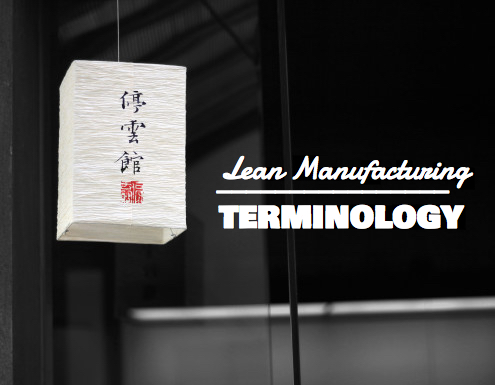So we’ve finally reached the final post in this six sigma mini series!
In the previous posts, we’ve looked at the tools most commonly used during each phase of a six sigma DMAIC project. Having looked at the improve phase last time, it’s now time to consider the control phase.
In the control phase of a DMAIC project the team focuses on sustaining the gains made in the improve phase. The aim is to control the process to prevent results reverting back to how they were before. The new way of working needs to become the standard for future continuous improvement efforts. This is similar in some respects to the check and act elements of the PDCA cycle. It’s about continually monitoring progress so that small incremental changes can be made to keep on track. The control phase gate review should not be passed until everyone is confident the process is indeed in control!
Lets have a look at some of the control phase activities:
Control Plans
A control plan is used to facilitate the transition of control from the six sigma project team back to the process owner. It contains documentation of the new process including work instructions, answers to frequently asked questions and new process maps. It also defines the measures that are to be used to monitor process performance and usually a control chart to visually display the information. Another element of a control plan is the contingency plan, which informs the process owner how to tell when corrective actions are required to maintain stability, and quick-fixes they can use in that situation. The final element is a continuous improvement plan, which lists opportunities for further improvement that were discovered during, but were outside the scope of the project. This closes the loop in the DMAIC cycle by offering starting points for future projects.
Standardised Work
Standardised work is defined as work in which the sequence of job elements has been efficiently organised, and is repeatedly followed by a team member (DENNIS, 2002). It represents the best way to do things and prevents the need to reinvent the wheel with every new project or manager. Best practices are documented and a copy is available at every work station for reference by the operator. An important part of standardised work is the opportunity for the operator to make suggestions about how the process might be improved. These are tested and where they prove to be successful get incorporated into the documentation. Standardised work is one of the fundamental elements of the highly acclaimed Toyota Production System, as it maintains predictability, regular timing and regular output of processes (LIKER, 2004).

Failure Modes & Effects Analysis (FMEA)
An FMEA is a systemised group of activities intended to recognise and evaluate the potential failure of a product or process, identify actions that could eliminate or reduce the likelihood of the potential failure occurring and document the entire process (CHRYSLER et al., 1998). The benefits that accrue from using this tool are:
- Identification of failure modes.
- Estimation of risk associated with the failure modes.
- Produces prioritised actions to reduce risk of failure.
- It evaluates the current control plan.
(GEORGE et al., 2005)

Summary
The control phase in six sigma is really a safety net. It allows the project team to review the project as a whole and ensure that the improvement that has been made is going to be sustained.
Unfortunately the control phase in project management circles is the least well understood and is often implemented poorly. It is less exciting than the improve phase and generally involves paperwork exercises like updating policies and procedures and rolling those out to under resourced managers who don’t take the time to understand what has changed.
The last thing the company wants is for the problem to recur and have to cover old ground again. Sadly this is often the case. They would be much better to ensure all of the control phase deliverables have been completed thoroughly. That way the benefits of the improvement can be claimed, the process owner can take control and the project team can be disbanded or better still, move onto the next improvement opportunity!
DMAIC
Having considered the DMAIC cycle as a structured application of quality improvement techniques, as well as the tools and techniques themselves, it can be seen that six sigma draws from a diverse range of subjects including project management, team working and statistics. One of the main problems associated with the large toolbox is that it is easy to lose sight of the target and end up using tools for the sake of it. It is therefore important to be able to judge which tool to use at each point in the project.
- Define Phase
- Measure Phase
- Analyse Phase
- Improve Phase








